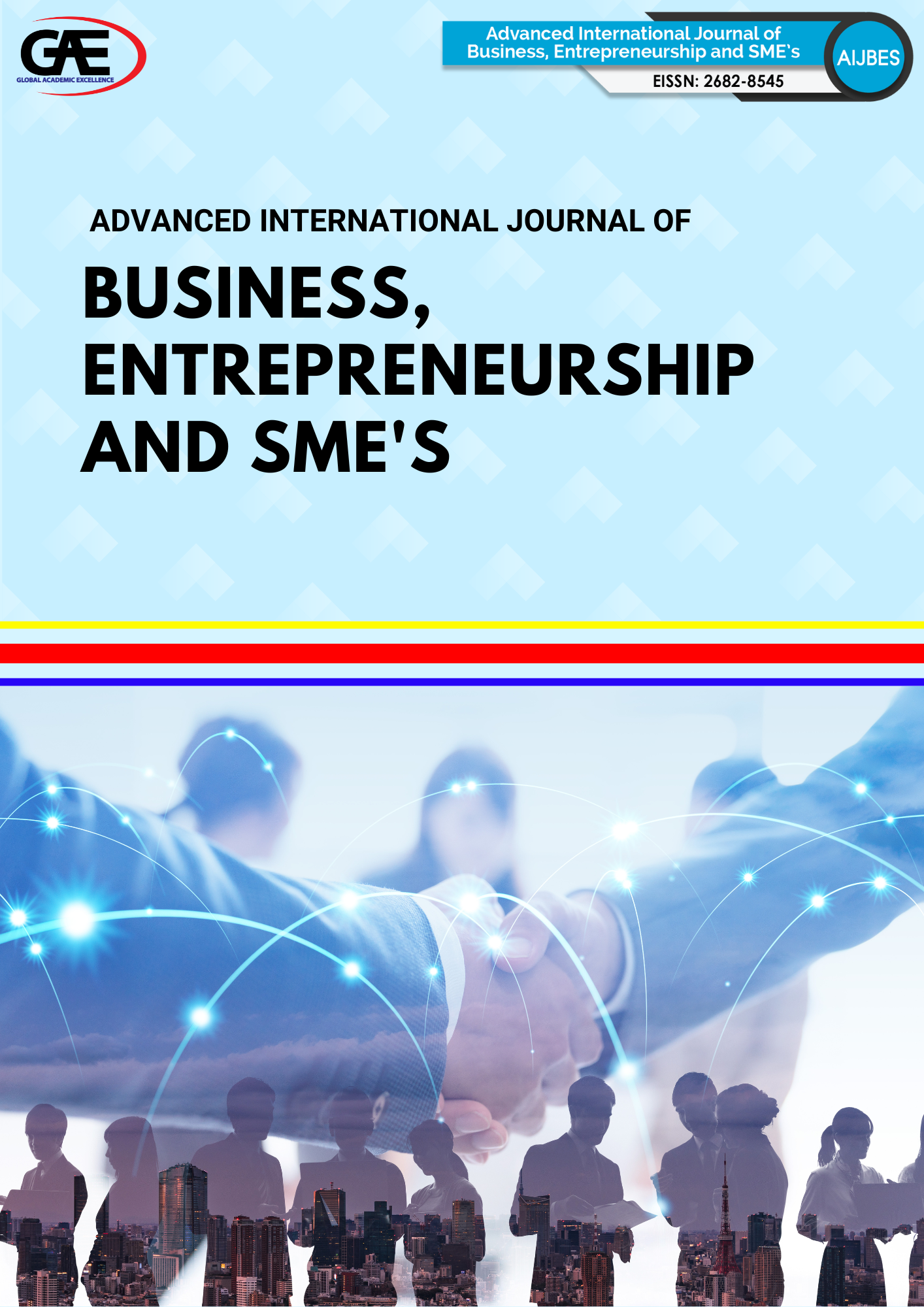FINANCIAL LITERACY: A BIBLIOMETRIC INSIGHT INTO RESEARCH TRENDS, THEMATIC EVOLUTION, AND INTERNATIONAL NETWORKS
DOI:
https://doi.org/10.35631/AIJBES.725011Keywords:
Financial Literacy, Bibliometric Analysis, Research Trends, International CollaborationAbstract
Financial literacy has emerged as a vital area of scholarly inquiry, reflecting global concerns over financial decision-making, economic stability, and inclusive growth. Despite the increasing attention, there remains a need to systematically map the intellectual landscape of this field to understand its development and future trajectory. This study aims to analyze recent research trends in financial literacy through a bibliometric approach, using data extracted from the Scopus database. The analysis was guided by two keywords: financial literacy and literacy, targeting English-language peer-reviewed journal articles published between 2005 and 2025. A total of 1982 documents were retrieved and refined using OpenRefine to ensure data accuracy and consistency. Bibliometric mapping and network visualization were conducted using VOSviewer, while descriptive analytics were generated via Scopus Analyzer. The findings indicate a significant growth in publication output, particularly after 2016, with a marked surge from 2020 to 2024, highlighting increased scholarly engagement in the post-pandemic financial context. The most productive subject areas include Business, Economics, and Social Sciences, with the United States, Indonesia, and India leading in publication output. Highly cited works focus on financial behavior, retirement planning, and financial education. Keyword co-occurrence analysis reveals emerging themes such as digital financial literacy, financial inclusion, and Islamic financial literacy, reflecting a diversifying research agenda. Co-authorship analysis highlights imbalances in international collaboration, particularly among developing countries. This study contributes to the field by providing a comprehensive overview of global research activity in financial literacy, offering insights into its thematic evolution and geographic distribution. The findings serve as a reference point for researchers, educators, and policymakers seeking to strengthen financial education initiatives and promote inclusive financial knowledge across diverse contexts.



